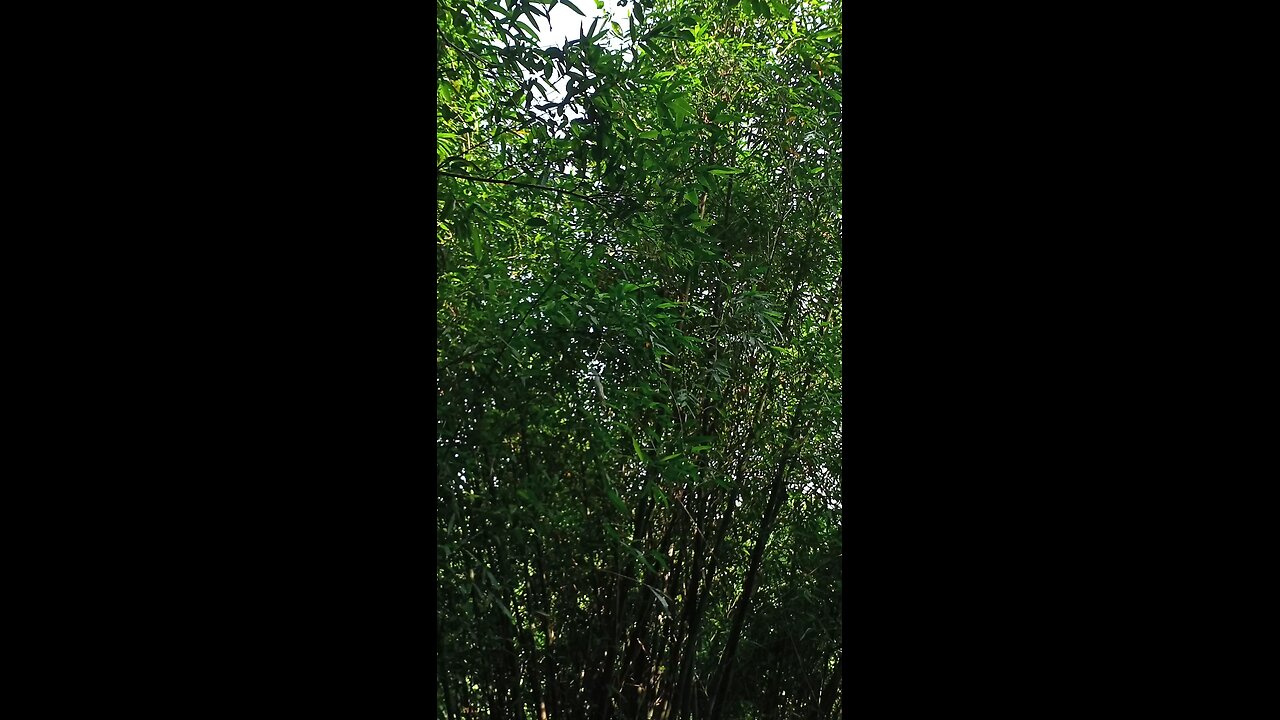Premium Only Content

Spider weaving web
In the intricate tapestry of nature, spiders, the enigmatic architects of the animal kingdom, embark on a mesmerizing dance of web weaving. With each silken strand, they spin an ethereal masterpiece, a testament to their innate ingenuity and survival instincts.
The process of web building begins with the spider producing silk from specialized glands in its abdomen. This viscous liquid, composed primarily of proteins, hardens rapidly upon exposure to air, forming strong and flexible fibers. A spider may possess multiple types of silk, each serving a specific function in the construction of its web.
With remarkable precision, the spider anchors its first silken thread to a suitable substrate, such as a twig, leaf, or rock. It then embarks on a meticulous journey, traversing the surrounding environment with its extended legs, trailing a delicate strand of silk behind it. As it moves, the spider leaves behind an intricate web of radial spokes, radiating outward from the central anchor point.
Next, the spider reinforces the radial spokes by spiraling a supplementary layer of silk around them, forming the framework of the web. This spiral scaffolding provides stability and support to the structure. Working with meticulous care, the spider gradually expands the web, adding more radial spokes and spiral layers until it reaches the desired size and shape.
Finally, the spider often adds a specialized layer of silk, known as the 'capture spiral,' to the outer portion of the web. This sticky, viscous substance ensnares any unsuspecting prey that ventures into the trap, adhering to their exoskeletons and immobilizing them. The spider then swiftly approaches its victim, injecting a paralyzing venom and wrapping it in a silken cocoon for later consumption.
The intricate process of web weaving is a testament to the spider's remarkable adaptability and evolutionary prowess. These silken masterpieces serve as versatile hunting tools, providing nourishment and shelter to their creators in a competitive and ever-changing ecosystem.
-
 59:55
59:55
The White House
4 hours agoPresident Trump Participates in the Make America Wealthy Again Event
81.6K28 -
 1:02:36
1:02:36
Candace Show Podcast
2 hours agoHYPOCRISY: Blake Lively Improvised Grabbing Her Co-Star's Private Parts | Candace Ep 170
29.4K48 -
 2:11:38
2:11:38
The Quartering
5 hours agoFauci's Wife FIRED, Huge FBI Chat Log LEAK, Trans Mass Shooter Coverup, Liberation Day & More
176K146 -
 1:44:56
1:44:56
Darkhorse Podcast
5 hours agoUnfairness and the West: The 270th Evolutionary Lens with Bret Weinstein and Heather Heying
42.6K13 -
 LIVE
LIVE
Dr Disrespect
7 hours ago🔴LIVE - DR DISRESPECT - PGA TOUR 2K25 - ONLINE RANKED UNDEFEATED
1,831 watching -
 36:24
36:24
The Brett Cooper Show
1 day ago $6.72 earnedSnow White. What Happened? | Episode 18
51.9K48 -
 1:16:39
1:16:39
The HotSeat
3 hours agoThe Passing Of An Icon + The Dumbest Statements Of The WEEK!!!
35.4K4 -
 1:09:53
1:09:53
Jeff Ahern
3 hours ago $0.87 earnedNever Woke Wednesday with Jeff Ahern (1pm Pacific)
24.8K4 -
 18:24
18:24
Talk Nerdy Sports - The Ultimate Sports Betting Podcast
2 hours ago4/2/25 - AI Drops a +2000 Parlay Nuke & Vasil’s Back to Talk His 💩
17.5K1 -
 58:56
58:56
Crypto Power Hour
5 hours ago $0.66 earnedThe #1 Crypto Show On Rumble! ‘In Crypto We Trust |EP09
28.4K3